Focus on Passenger Health and Safety
In the wake of heightened awareness regarding health and safety, the Bus HVAC Market is adapting to meet new passenger expectations. Enhanced air filtration systems and improved ventilation are becoming critical components of modern bus designs. These features are essential for ensuring a safe travel environment, particularly in densely populated areas. As public transport authorities prioritize passenger health, the demand for advanced HVAC systems that can effectively filter airborne pathogens is likely to rise. This shift may lead to a projected growth of approximately 3% in the Bus HVAC Market as operators seek to enhance the overall travel experience and ensure compliance with health standards.
Government Regulations and Standards
The Bus HVAC Market is significantly influenced by government regulations aimed at improving air quality and energy efficiency in public transportation. Many countries are implementing stricter emissions standards and energy efficiency guidelines for public transport vehicles, which necessitates the adoption of advanced HVAC systems. Compliance with these regulations often requires substantial investment in new technologies, thereby driving the demand for innovative HVAC solutions. As governments continue to prioritize environmental sustainability, the Bus HVAC Market is likely to see a shift towards more efficient and compliant systems, potentially increasing market growth by an estimated 5% in the coming years.
Increased Investment in Electric Buses
The transition towards electric buses is reshaping the Bus HVAC Market, as these vehicles require specialized HVAC systems to manage thermal comfort efficiently. Electric buses are gaining traction due to their lower operational costs and reduced environmental impact. As cities invest in electric bus fleets, the demand for compatible HVAC systems is expected to rise. This trend is supported by various government incentives aimed at promoting electric vehicle adoption. Consequently, the Bus HVAC Market may experience a growth rate of around 6% as manufacturers innovate to develop HVAC solutions tailored for electric buses, ensuring optimal performance and energy efficiency.
Rising Demand for Public Transportation
The increasing urbanization and population growth in various regions have led to a heightened demand for public transportation systems. This trend is particularly evident in metropolitan areas where traffic congestion and environmental concerns drive the need for efficient transit solutions. As cities expand, the Bus HVAC Market is likely to experience growth, as modern buses equipped with advanced HVAC systems become essential for maintaining passenger comfort and air quality. According to recent data, the demand for public transport is projected to rise by approximately 3.5% annually, which directly influences the Bus HVAC Market. This growth is further supported by government initiatives aimed at promoting public transport as a sustainable alternative to private vehicles.
Technological Advancements in HVAC Systems
The Bus HVAC Market is witnessing a surge in technological innovations that enhance system efficiency and performance. Recent advancements include the integration of IoT devices, which allow for real-time monitoring and control of HVAC systems, thereby optimizing energy consumption. Additionally, the development of eco-friendly refrigerants and energy-efficient components is becoming increasingly prevalent. These innovations not only improve the overall functionality of HVAC systems but also align with regulatory standards aimed at reducing carbon emissions. As a result, the Bus HVAC Market is expected to grow, with a projected increase in the adoption of these advanced systems by around 4% over the next few years.


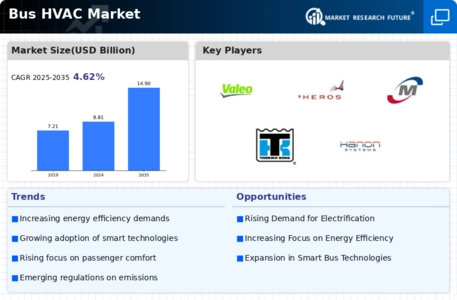
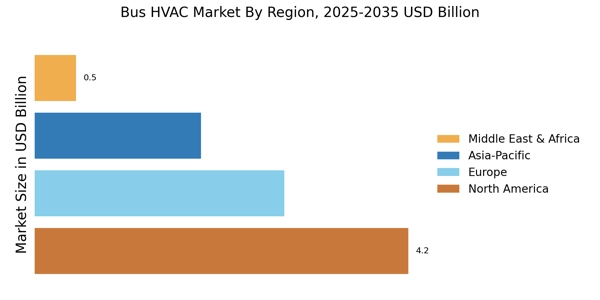
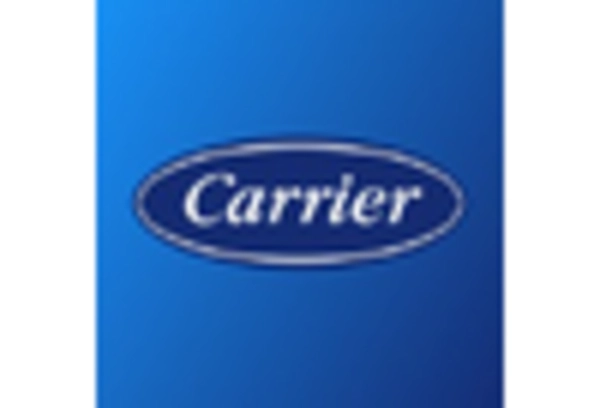

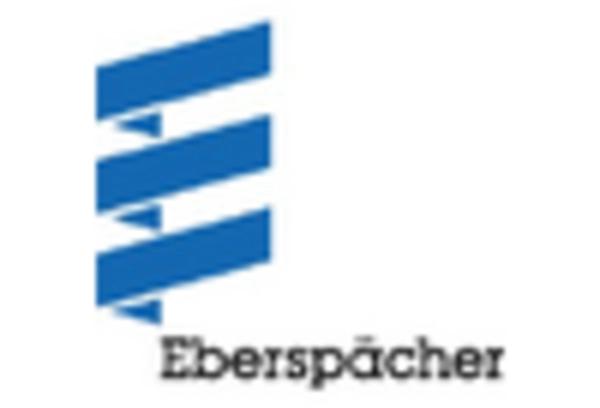
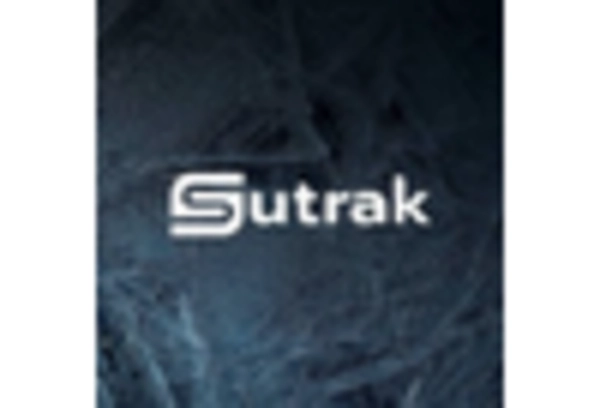
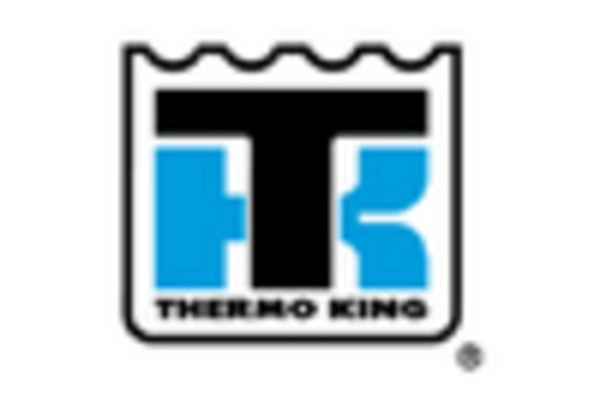
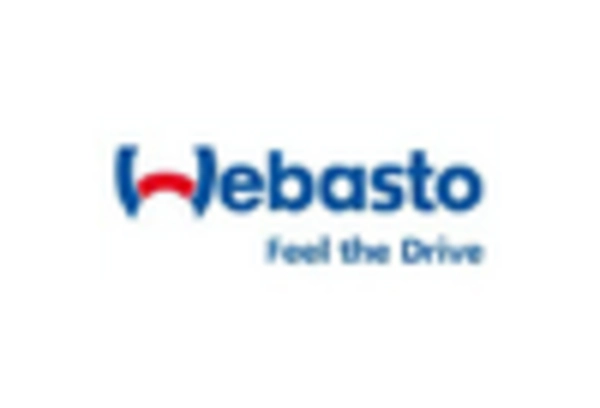








Leave a Comment